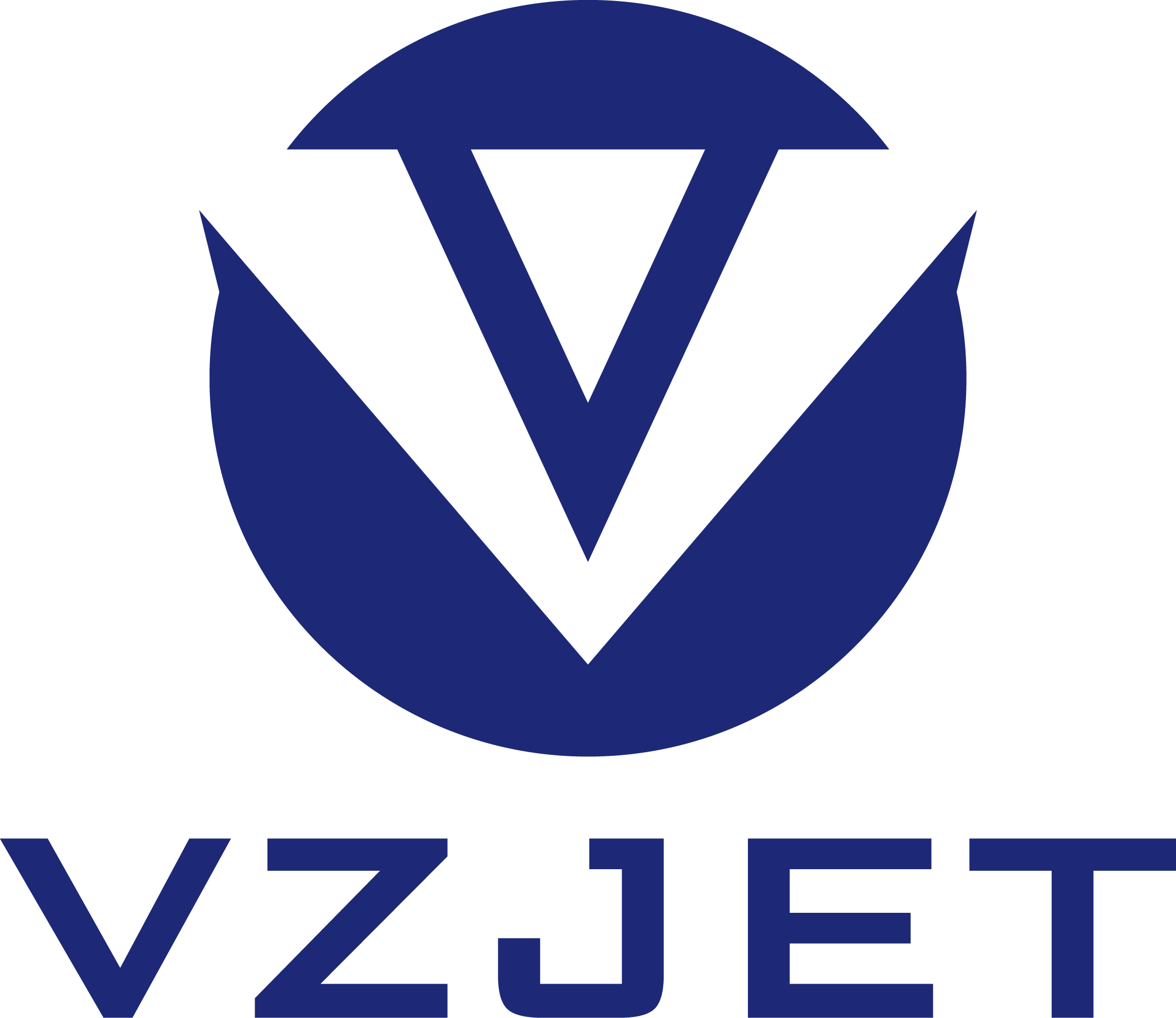Information
Principles and Applications of Laser Coding Machines
14 Jul,2025
A laser coding machine is a device that uses laser beams to permanently mark information on the surface of various materials. Its principle is based on the interaction between laser and matter, with a wide range of applications and mature technology. The following is a detailed introduction from two aspects: principles and applications.
I. Working Principles of Laser Coding Machines
The core principle of a laser coding machine is to focus a high-energy-density laser beam on the surface of a material, causing physical or chemical changes on the material's surface to form clear and permanent marks. The specific process is as follows:
Laser Generation
A high-energy laser beam is generated by a laser generator (such as CO₂ lasers, fiber lasers, ultraviolet lasers, etc.). It is guided and focused through an optical system (including mirrors, focusing lenses, etc.) to concentrate the laser energy into an extremely small spot (usually with a diameter at the micrometer level).
Interaction with Material Surfaces
The focused laser beam, with extremely high energy, produces different reactions on the material surface depending on the material's properties:
Thermal Ablation
: Laser energy causes the local surface of the material to instantly melt, vaporize, or decompose, forming concave or discolored marks (e.g., on metals, plastics, etc.).
Chemical Reactions
: Some materials (such as certain plastics, ceramics) undergo chemical structure changes under laser irradiation, resulting in color differences (e.g., oxidation, carbonization).
Etching
: The surface of hard and brittle materials (such as glass, stone) is "engraved" with fine traces by the laser, presenting the marking effect.
Coordination of Control Systems
The control system of the coding machine receives preset marking content (such as text, numbers, patterns, QR codes, etc.), converts it into trajectory commands for the laser beam through software, and controls the switching of the laser, power output, and deflection of the scanning galvanometer. This ensures the laser beam completes marking on the material surface according to the preset path.
II. Application Fields of Laser Coding Machines
Laser coding machines, with advantages such as clear, permanent, efficient, and environmentally friendly marking, are widely used in various industries:
Food and Beverage Industry
They are used to mark production dates, shelf lives, batch numbers, traceability codes, etc., on packaging (such as plastic bottles, metal cans, cartons, aluminum foil). This meets the requirements of food safety supervision and traceability.
Advantages: Marks are resistant to moisture and high temperatures, not easily falling off due to packaging deformation or friction, and comply with food hygiene standards.
Pharmaceutical and Medical Device Industry
They mark batch numbers, expiration dates, production serial numbers, traceability QR codes, etc., on pharmaceutical packaging (aluminum-plastic blisters, medicine bottles, cartons) and medical device surfaces. This ensures product traceability and complies with industry regulations such as GMP.
Features: Marks are sterile and free of chemical residues, suitable for high-cleanliness scenarios.
Electronics and 3C Industry
They are used to mark models, serial numbers, barcodes, logos, etc., on the surfaces of chips, circuit boards, electronic components, and mobile phone casings. With high marking precision (up to micrometer level), they do not damage the performance of electronic components.
They are compatible with various materials (such as metals, plastics, ceramics, glass) and meet the marking needs of precision electronic devices.
Building Materials and Pipe Industry
They mark specifications, brands, production standards, anti-counterfeiting codes, etc., on pipes (PVC, PE, PPR pipes), plates, and profiles. The marks have strong weather resistance, resisting sunlight, rain, and acid-base corrosion.
They support high-speed production lines (coding speed up to hundreds of meters per minute) and are suitable for continuous production.
Automotive and Parts Industry
They mark VIN codes, traceability numbers, material information, etc., on automotive parts (engine parts, bearings, brake pads). The marks are wear-resistant and high-temperature resistant, able to withstand extreme working conditions.
They meet the strict requirements of the automotive industry for part traceability and quality control.
Tobacco and Wine Industry
They mark anti-counterfeiting codes, traceability information, batch numbers, etc., on cigarette packs, wine labels, and bottle caps. This enhances product anti-counterfeiting capabilities and helps brands combat counterfeiting.
The marks are beautiful and clear, without damaging the packaging design, balancing anti-counterfeiting and brand image.
Summary
Laser coding machines achieve permanent marking through physical/chemical interactions between lasers and materials. With features such as clear marking, high efficiency, environmental friendliness, and wide material compatibility, they have become core equipment for product identification, traceability, and anti-counterfeiting in modern industrial production, playing an irreplaceable role in industries such as food, medicine, electronics, and automotive.
14 Jul,2025
Classification:
Information
Latest Contents








